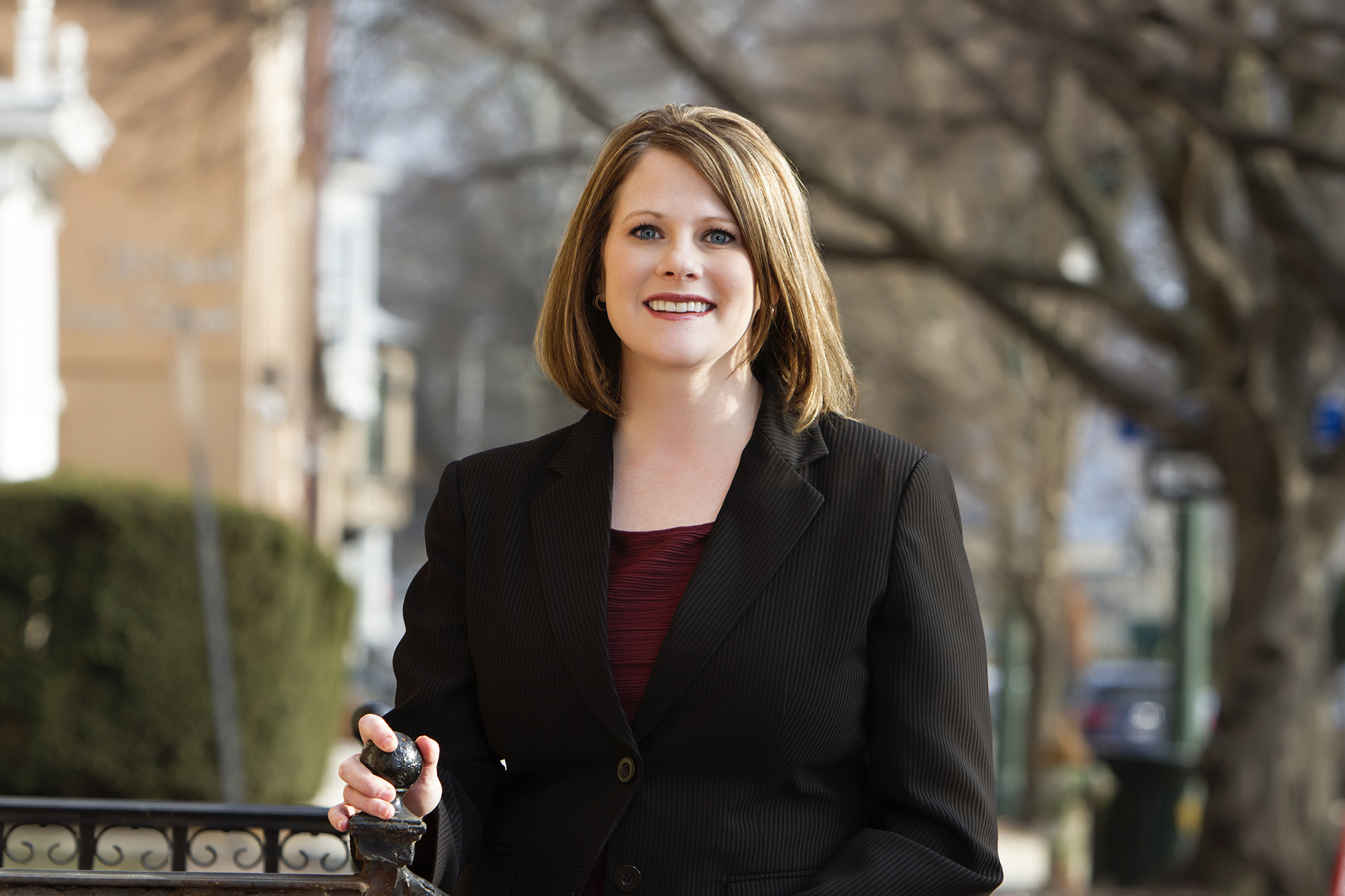PPP Loans – New Necessity Questionnaire
November 3, 2020
Publications
by Nicole Kaylor and Timothy Finnerty
The Small Business Administration (“SBA”) has quietly rolled out new forms for Borrowers who received PPP loans in excess of $2 million. The SBA issued a notice in the Federal Register seeking approval of Forms 3509 and 3510 for for-profit and non-profit businesses, respectively, to be completed by PPP Borrowers who obtained loans in excess of $2 million and are seeking forgiveness. The SBA is submitting the forms to lenders after PPP forgiveness has been applied for.
The SBA indicates that the purpose of the form is to facilitate the collection of supplemental information that will be used by SBA loan reviewers to evaluate the good-faith certification Borrowers made on the application that economic uncertainty made the loan request necessary. The Borrowers have 10 days to complete the questionnaire after receipt from their lender. The SBA states they are reviewing these loans to maximize program integrity and protect taxpayer resources. In addition, the SBA’s determination will be based on the totality of the Borrower’s circumstances.
The questionnaire has 2 major sections with a variety of requests to provide information, including but not limited to the following:
- Business Activity Assessment
- Borrower’s 2nd quarter 2020 revenue and 2nd quarter 2019 revenue
- If the Borrower was ordered to shut down or significantly alter operations by a state or local authority due to COVID-19
- If the Borrower has voluntarily ceased, reduced, or altered operations due to COVID-19. If so, the cash outlays for voluntary alterations
- If the Borrower began any new capital improvement project not due to COVID-19 between March 13, 2020 and the end of the forgiveness period
- Liquidity Assessment
- Amount of cash and cash equivalents the Borrower had on the last day of the calendar quarter before the date of the Borrower’s PPP Application
- Any dividends or other distributions (other than for pass-through estimated tax payments) paid to owners
- Any prepayment of debt
- Any employees or owners who were compensated in excess of $250,000 on an annualized basis during the forgiveness covered period
- If any publicly traded company owned more than 20% of a class of equity of the Borrower
- If the Borrower was a subsidiary of another company
- If 20% or more of any class of Borrower outstanding equity is owned by a private equity firm, venture capital firm, or hedge fund
- On the date of the loan application, if the Borrower was an affiliate or a subsidiary of a foreign, state-owned enterprise or of a department agency or instrumentality of a foreign state
- If the Borrower directly received any funds from another CARES Act program
There has been no additional guidance on these forms from the SBA and its impact on forgiveness at this time. It is anticipated these forms will be utilized for audit purposes as the SBA has explicitly stated previously that it would be reviewing loans in excess of $2 million. In addition, the questions posed in the questionnaire ask for details which are clearly outside of the initial requirements set forth in the CARES Act. If utilized to deny forgiveness, there may be significant appeals and litigation surrounding the SBA forgiveness process. We will continue to provide updates as more information becomes available. As always, please feel free to reach out to the McNees Corporate and Tax team should you have any questions.
© 2020 McNees Wallace & Nurick LLC
McNees Client Alert is presented with the understanding that the publisher does not render specific legal, accounting or other professional service to the reader. Due to the rapidly changing nature of the law, information contained in this publication may become outdated. Anyone using this material must always research original sources of authority and update this information to ensure accuracy and applicability to specific legal matters. In no event will the authors, the reviewers or the publisher be liable for any damage, whether direct, indirect or consequential, claimed to result from the use of this material.



